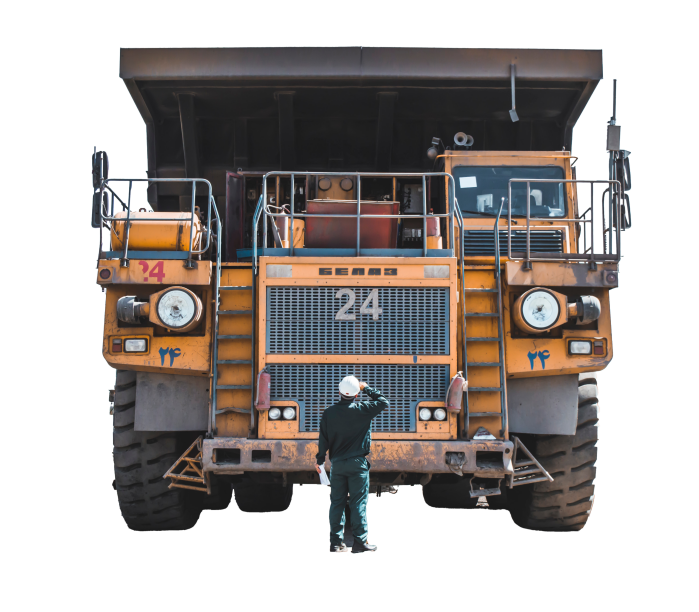
Improving drilling safety in open-pit mines
Open-pit mining is an important mechanism for extracting commodities but if pit walls become unstable, the results can be catastrophic.
Structural failures endanger the lives of workers and disrupt mining operations, damaging equipment that results in lost time and operational delays.
Pit wall safety is improving with observation sensors and automated measurements of ground and wall movement during excavation, however any rapid response relies on swift analysis of data.
Daniel Goldstein, a PhD candidate at the WA School of Mines at Curtin University, has created a model that can assess rock wall characteristics during drilling and provide real-time feedback.
In normal drilling operations, both the drill software and drillers aim to maintain an optimal rate of penetration, adjusting other drilling parameters to maintain that rate.
But this can upset the balance of calculations and inferences that monitoring software makes about the stability of the drilled rock.
Mr Goldstein’s model better maps the interaction between variables such as pressure, speed and rate of bore drilling, as well as characterising the earth composition more accurately during drilling.
The model will potentially reduce operational expenses as well as save lives.
The research started on a personal computer but quickly became too large, leading to an application for the Pawsey Supercomputing Research Centre’s Nimbus cloud services.
The cloud service was ideal to address Daniel’s need where he did not require a supercomputing allocation, but his work was still too computationally expensive for standard computers.
